Sony A7RII versus RX1R
Marc Heijligers, 05-03-2016Many people including myself like to use a light-weight alternative for a DSLR, but (of course! :-)) with no compromise on quality (noise, depth of field). When Sony issued the RX1, and later the A7, those light-weight alternatives started to become available.
I became a happy owner of the Sony RX1R at the end of 2013. It’s a great “compact and light” camera with “great results” (I will tell later why I put those assertions between quotes). It is a perfect camera to carry along during for instance holidays or people events. It is silent, and not so intrusive when photographing people. The disadvantage is that you are stuck to a 35mm f2.0 lens, and that accessoires for this camera are ridiculous expensive (e.g. a lens hood - read piece of pre-formed metal - for €180, a thumb holder - read piece of pre-formed metal - for €250, an optical viewfinder (OK, this is metal plus a piece of glass) for €600. Sony is obviously trying to replicate “Leica exclusivity” here, but this material is simply ridiculous priced, and most should be part of the standard package (a lens hood is almost always part of the standard deal). There is also no standard viewfinder, you can buy one that you can connect on top of the camera (€400!), but it makes the RX1R less pocketable, and also fragile when trying to store the camera in a bag, or accidentally bump it. The built in view finder of the RX1RII is a great step forward in that sense.
So why do I write “compact and light” between quotes instead of just compact and light? The camera is much lighter (507 grams) than a DSLR with a comparable lens (e.g. a Nikon D800 with a 35mm f1.8 is 1305 grams). It is also much smaller (e.g. see camerasize), and it fits easily in an LowePro Apex 100 bag. But this tells exactly the point, you need to use a bag when you are seriously carrying it around. Due to the lens sticking out, is not pocketable like a Sony RX100 or a Nikon Coolpix A (e.g. see camerasize again). Despite being better pocketable, those alternatives will not give you the same image quality in terms of noise and dynamic range (see dpreview or dxomark) or DoF (effectively the RX1R has a max aperture of f2.0, the Coolpix A is f4.2, and the RX100 is f5.2). It is quite an achievement what Sony accomplished with the RX1R, but that doesn’t mean it has resulted in a pocketable camera, and that’s how I experience the RX1R in practice as well.
So why “great results” instead of great results? The camera is able to create great images, the lens is very good, sharp and has a smooth bokeh. The 35mm is a generic applicable focal length, you can take some landscapes and portraits (with some cropping the are still enough pixels!). The macro is a real plus, where you can take pictures of objects close-by, e.g. for food photography. So what is wrong then? It is the autofocus which is highly unreliable. The camera often focuses on backgrounds instead of the foremost objects. When taking portraits, the camera focuses on the ears or side of the face instead of the eyes (despite that the focus point is directed there). This implies when you rely on fast shooting, your hit rate is significantly lower than with my DSLR (Nikon D800), and hence you need to throw away quite some pictures after a shoot. In practice this means that if you want to be sure about a sharp picture, you rely on manual focus, which implies checking and zooming on the LCD display to make sure certain pictures work well. You loose speed and efficiency here, and especially with pictures that rely on “the decisive moment”, prepare for a low hit rate with this camera.
Hence, when I need to be sure about a high hit-rate (documentary or assignment photography), I rely on my D800, which is always spot-on with respect to focus! So despite owning an RX1R, I bought a Sigma ART 35mm additionally to accompany my D800 (which has a smoother bokeh due to the larger aperture, but a larger size and weight of course). What annoys me is that Sony never issued a firmware update, even after informing them on the issue multiple times. They obviously focus on new products instead of servicing products in the field, as their financial analysis shows such a choice generates more money per engineer (or the product is so squeezed out that a FW fix doesn’t fit). So be aware that when you buy a Sony product, the product you buy is the product that it is, not a product that it potentially can be with some minor updates.
With the announcement of the RX1RII, Sony promises better autofocus because of PDAF. This triggered my attention, and I started to re-consider my camera setup (so Sony is right?). As the A7RII was also announced in that same year. I started to compare both cameras on the web, and was attracted to the A7RII because of the better handling (grip), exchangeable lenses, IBIS vibration reduction, and 4k video. The only question was whether the A7RII with for instance a Sony FE 35mm f2.8 can compete with the 35mm f2.0 lens on the RX. That question was the starting point for the comparison shown on this page (and some other comparisons shown on the other pages). So if you are still interested, read on!
Portrait of a friend, showing the beautiful sharp to unsharp zone rendering of the RX1R:

Build Quality
The build quality of both the A7RII as well as the RX1R are good. Their weight is higher than a similar volume of water, which gives a feeling of “solid and robust”. The A7RII (with a 35mm F2.8) is 50% heavier than the RX1R, 745 grams versus 507 grams, and a bit bigger. As for size, the A7RII is a bit bigger, but the difference is not so huge. Both combinations fit in a LowePro Apex 100 bag, the RX1R easily, the A7RII tight. Both don’t fit in the pocket of your trousers, the RX1R may fit in some large pockets of a coat (volume is 30% less, but especially because it has no grip it is easier to stuff), but that makes it vulnerable, so in practice you’ll need to carry along a bag for both cameras.The A7RII has a couple of advantages to the RX1R:
- It has a grip, making it easier to hold. The RX1R is “slippery” with no grip, hence I attached a Gordy strap. As I like the handling, I also bought one (with a wrist pad) for the A7RII.
- Faster focus due to PDAF (same on RX1RII)
- More focus points (399 instead of 25; same on RX1RII)
- Built in Image stabilization.
- Flip-out screen (same on RX1RII)
- It has exchangeable lenses, in case you want to go wider or for more tele.
- It has a build in viewfinder (same on RX1RII)
- Higher resolution sensor (42MPix instead of 24Mpix; same on RX1RII)
- 4k video if you care.
With the 35mm f2.8, the RX1R has some advantages to the A7RII
- Smaller and lighter (though in practical carrying not so much difference)
- Macro option to get closer to the subjects (14 cm instead of 35cm, A7 requires have 90mm lens)
- Larger aperture (f2.0 instead of f2.8)
Underneath you see the difference in size of the A7RII plus 35mm lens (left) versus the RX1R (right):
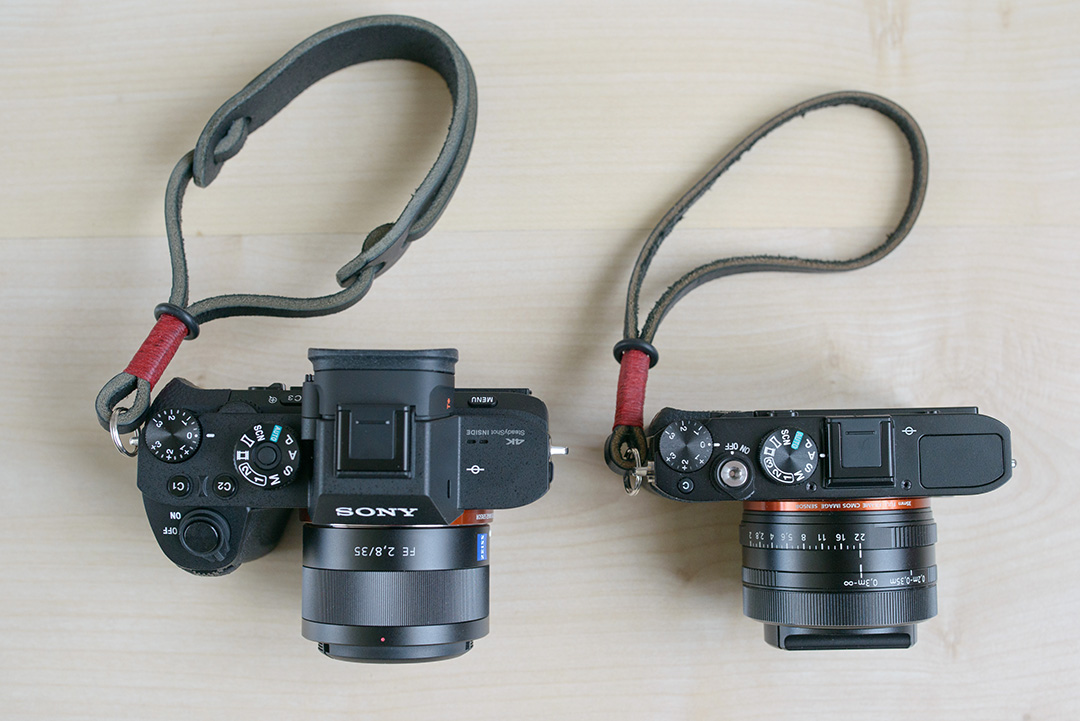

Another option for the A7RII is to pair it with a 28mm f2.0, which at least gives it a similar aperture at not too much size and weight increase. For that reason, I have included this lens in the comparison. The difference in size of the A7RII plus 28mm lens (left; does not fit in a LowePro Apex 100 bag) versus the RX1R (right) is shown below:
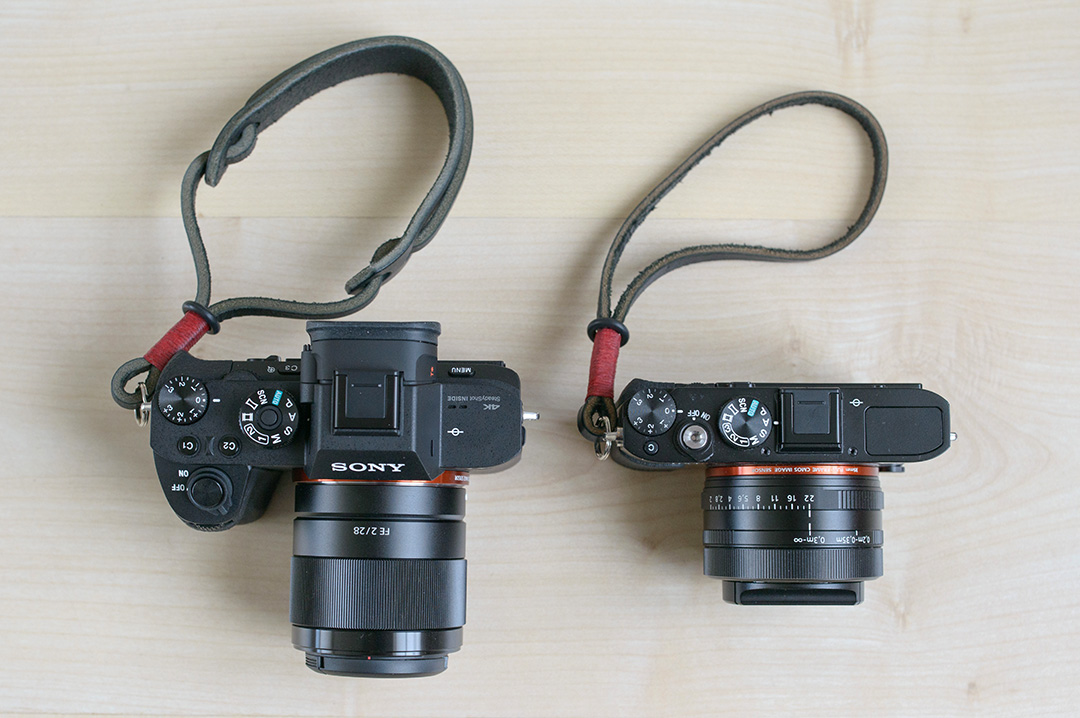

Optical Quality - Sharpness
The Sony A7RII (42MPix) has a resolution advantage of 75% to the Sony RX1R (24Mpix), so in a direct comparison it is obvious that the A7RII shows better sharpness. Because the Sony 35mm f2.8 and the Sony 28mm f2.0 are very sharp lenses, they show indeed sharper results. That doesn’t mean that the RX1R disappoints. On the contrary, it shows solid and sufficient sharp results in practice. The RX1RII has the same resolution as the A7RII, and probably will be on-par, but I cannot test how the same 35mm f2.0 lens will improve with higher resolutions.For details, see the extensive sharpness comparison page.
Optical Quality - Bokeh
Regarding bokeh, the results are a mixed bag. When considering out-of-focus rendering, the Sony 28mm lens has a smoother rendering as shown below (28mm f2.0 on the left, RX1R on the right).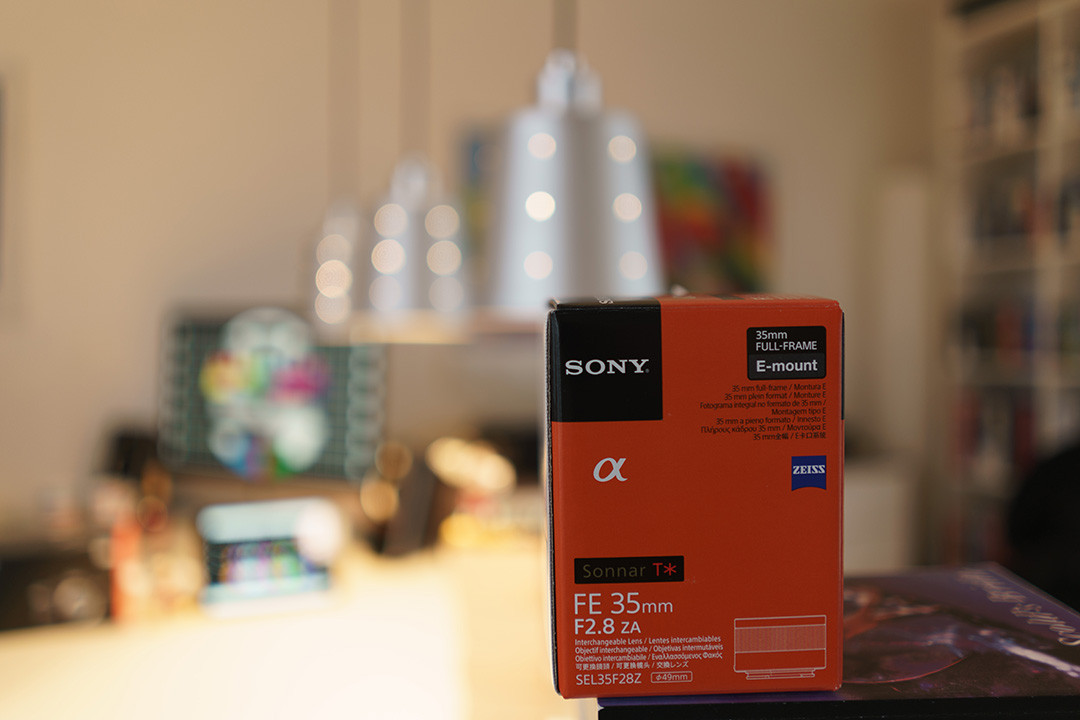

When looking at the bokeh rings, the RX1R has definitely and advantage, because the 28mm F2.0 lens shows onion rings inside the bokeh balls.

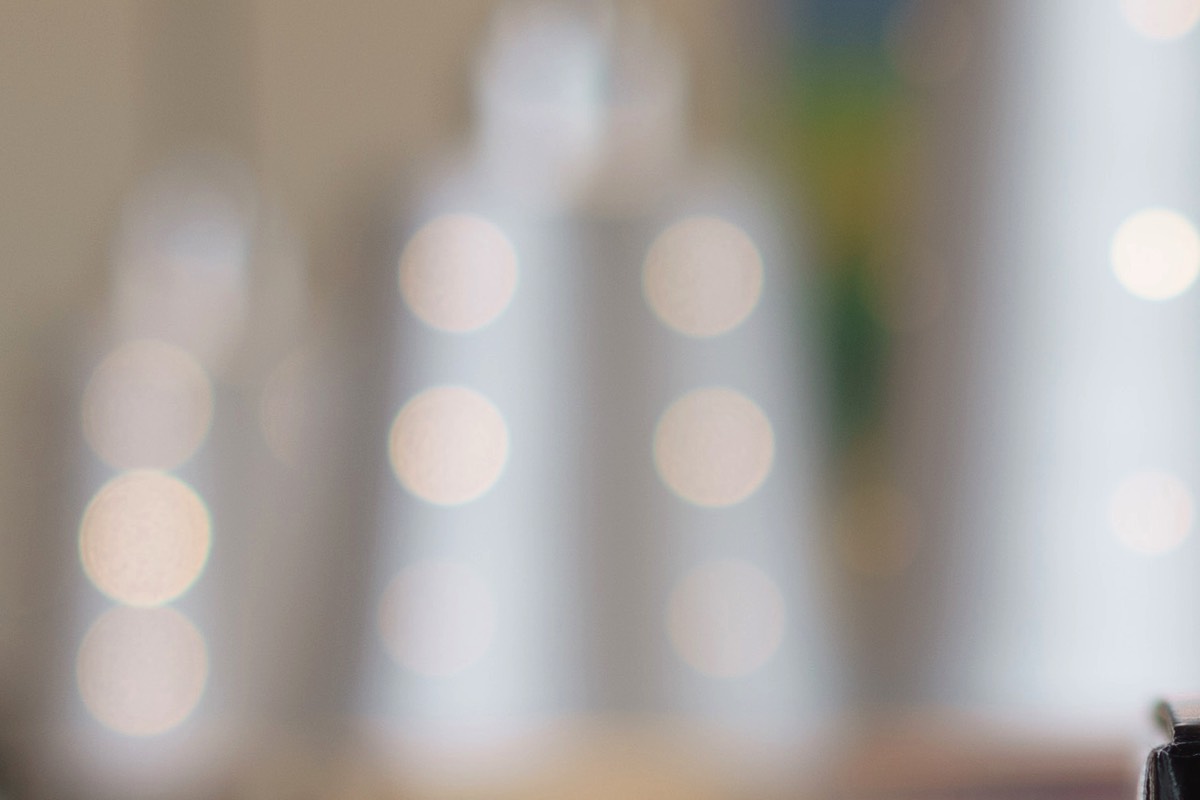
Althought the bokeh balls look better for the 35mm F2.8, it has a disadvantage that it doesn’t render as smoothly as the F2.0 counter parts (35mm F2.8 at f2.8 on the left, RX1R at f2.0 at the right):


The OoF regions of the 35mm F2.8 render more busy at the same apertures, hence when considering bokeh it is the least favorable lens of all (see the example underneath, both lenses at f2.8, the A7RII + 35mm F2.8 lens on the left, the RX1R on the right).
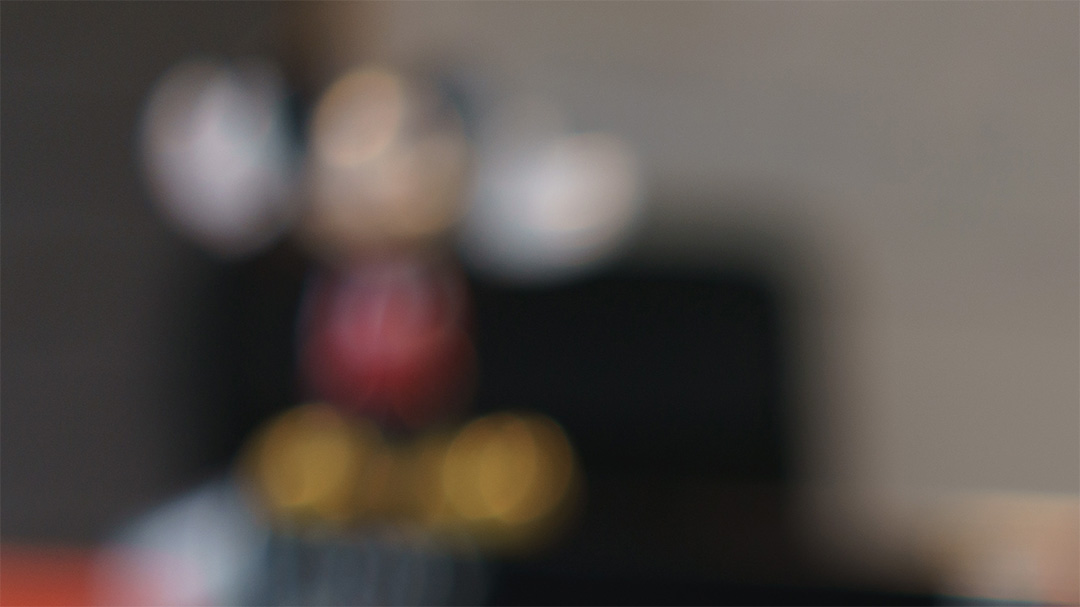

Overall the RX1R may not be the best performer, but it is a solid performer that will never disappoint. Depending on the situation, the 28mm F2.0 will be at least as good, with the exception when the light sources become strong, where the bokeh balls start to show onion rings (e.g. see this example at Flickr, where the bokeh becomes disturbing for the 28mm F2.0 lens). The 35mm F2.8 lens is clearly the least impressive performer when considering buttery focus, due to its smaller aperture and its more busy rendering.
For a detailed analysis on out-of-focus rendering, see the extensive out-of-focus comparison page
For a detailed analysis on out-of-focus rendering, see the extensive out-of-focus comparison page
Alternatives
If bokeh is your thing, you can consider larger aperture lenses, or a longer focal distance. Two examples:- Sony FE 35mm F1.4: The out-of-focus rendering is smoother, and the bokeh rings are larger and more buttery (35mm F1.4 on the left, RX1R on the right). But it is of course a large and heavy lens, surpassing the initial wish to have a light-weight combination:
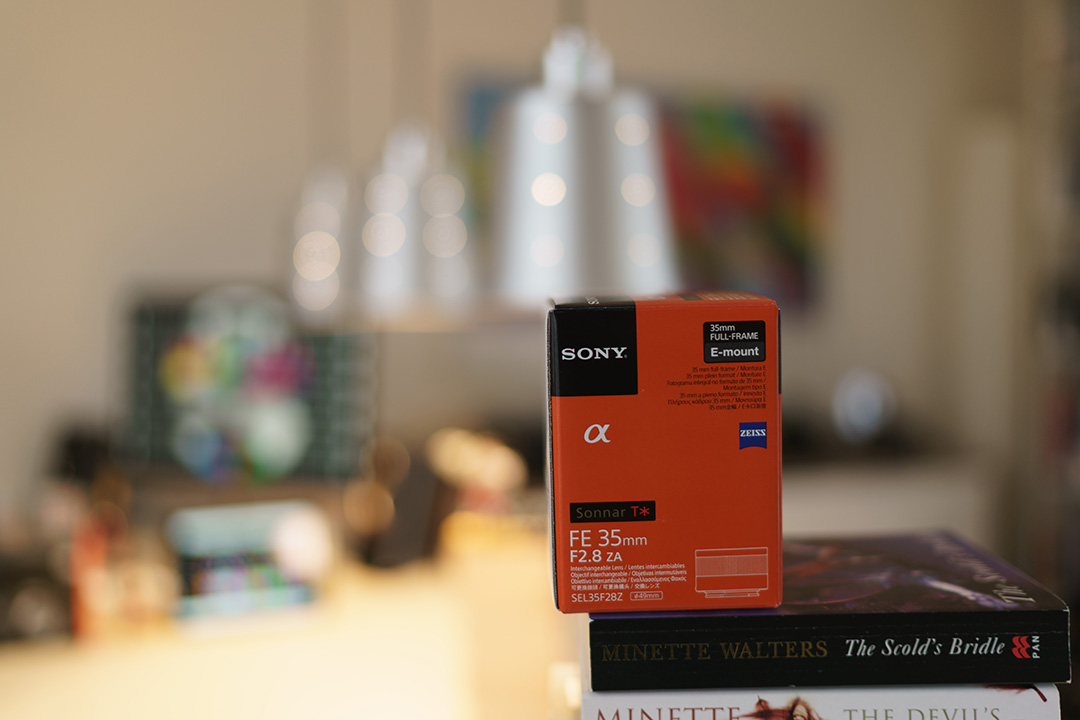



- Sony FE 55mm F1.8: The out-of-focus rendering is smoother, and the bokeh rings are larger and more buttery (55mm F1.8 on the left, RX1R on the right - I couldn’t move further away from the scene with the 55mm). The weight of the lens is pretty OK, though regarding size the combi is getting seriously larger:
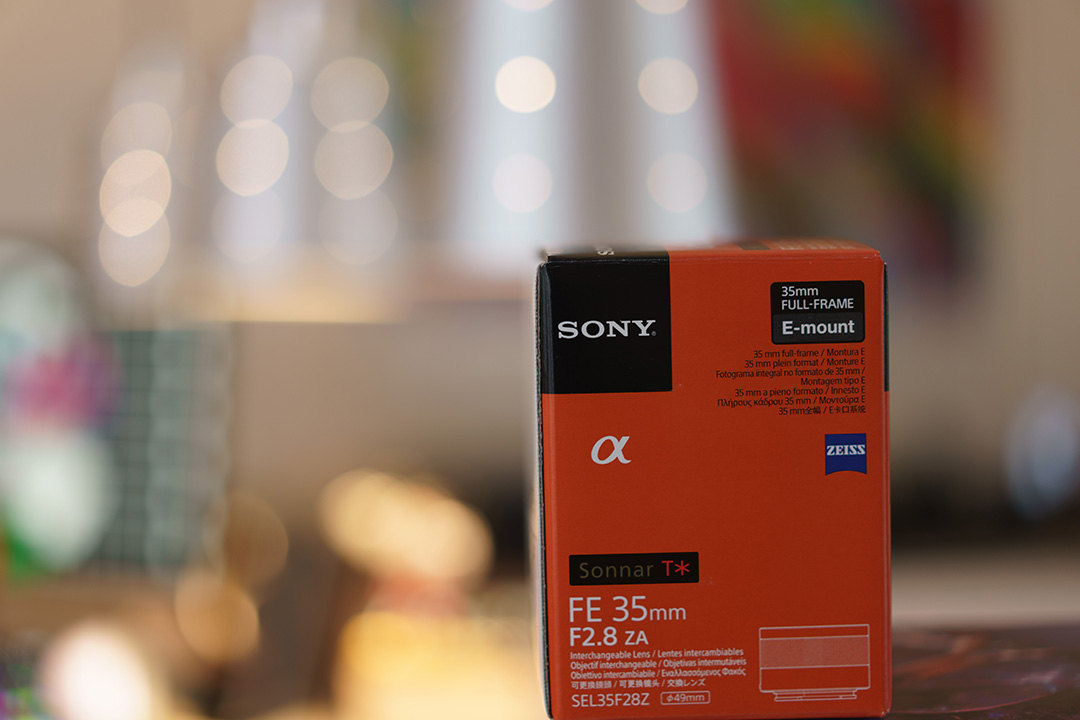
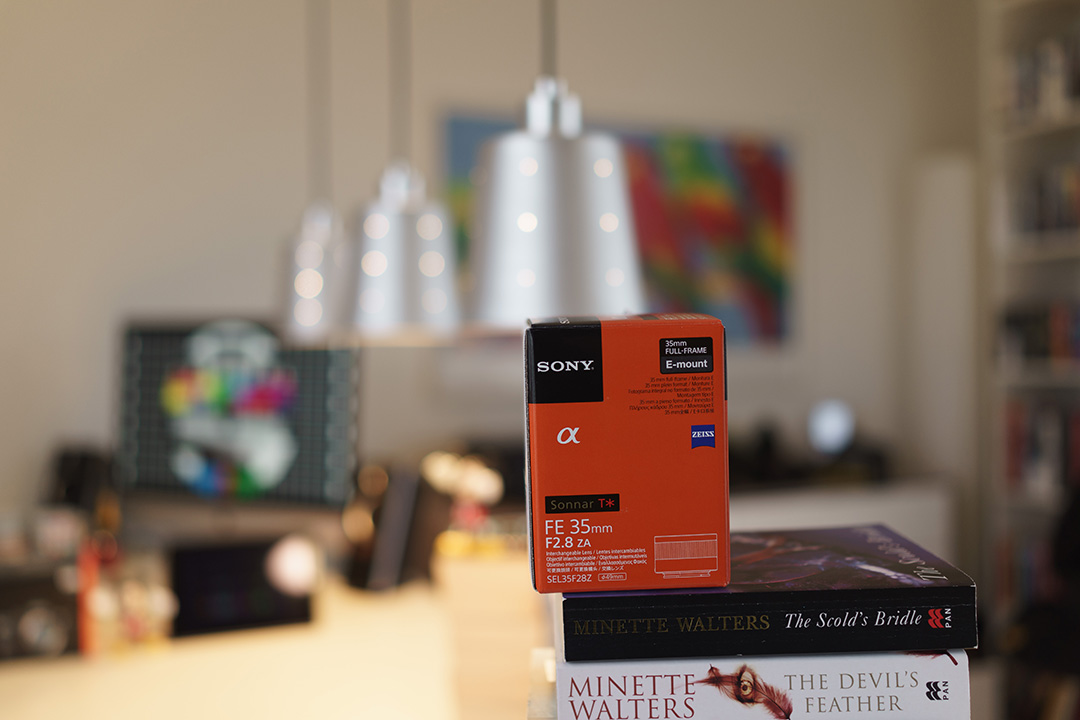
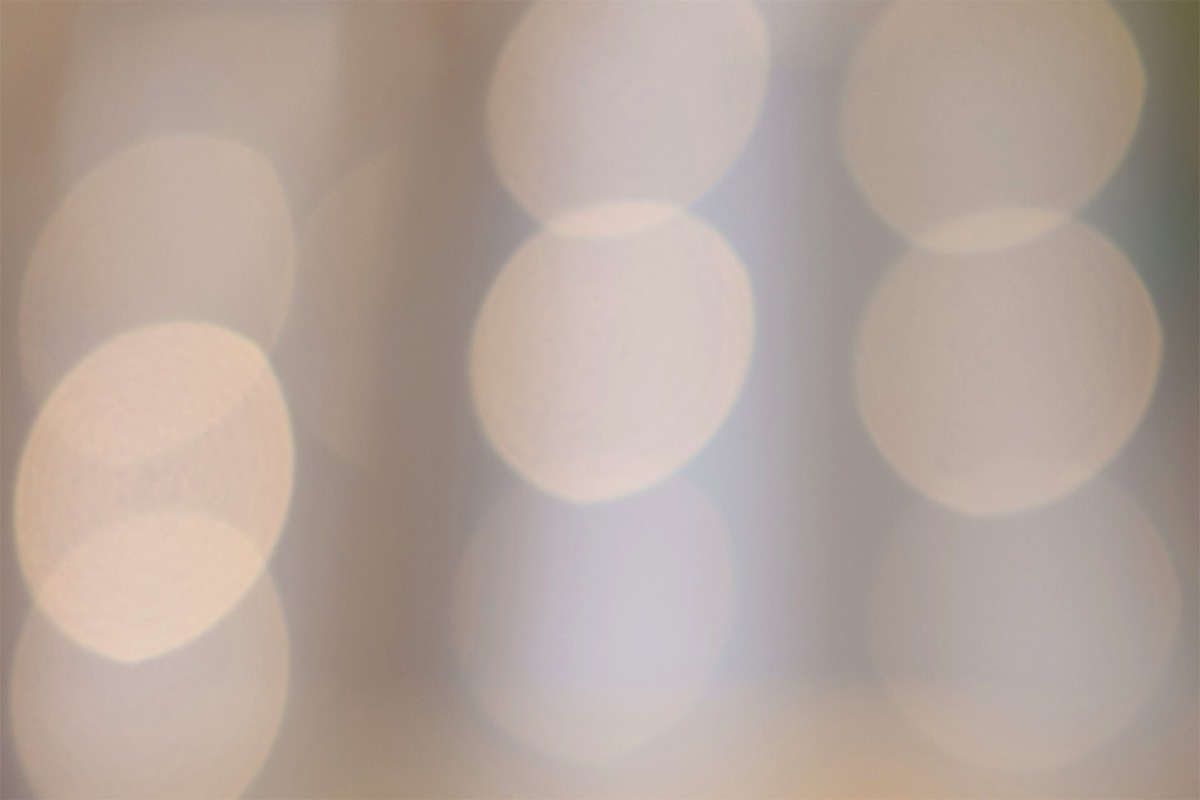

Links
There are not so many comparisons on the web where the 28mm F2.0, 35mm F2.8 lens and RX1R are compared directly, below are some links:- Fred Miranda compares the 28mm and 35mm with the Sony RX1R.
Sample Images
Below some examples made with the RX1R. It shows the good sharpness of objects in-focus, and the smooth transition and bokeh of out-of-focus regions.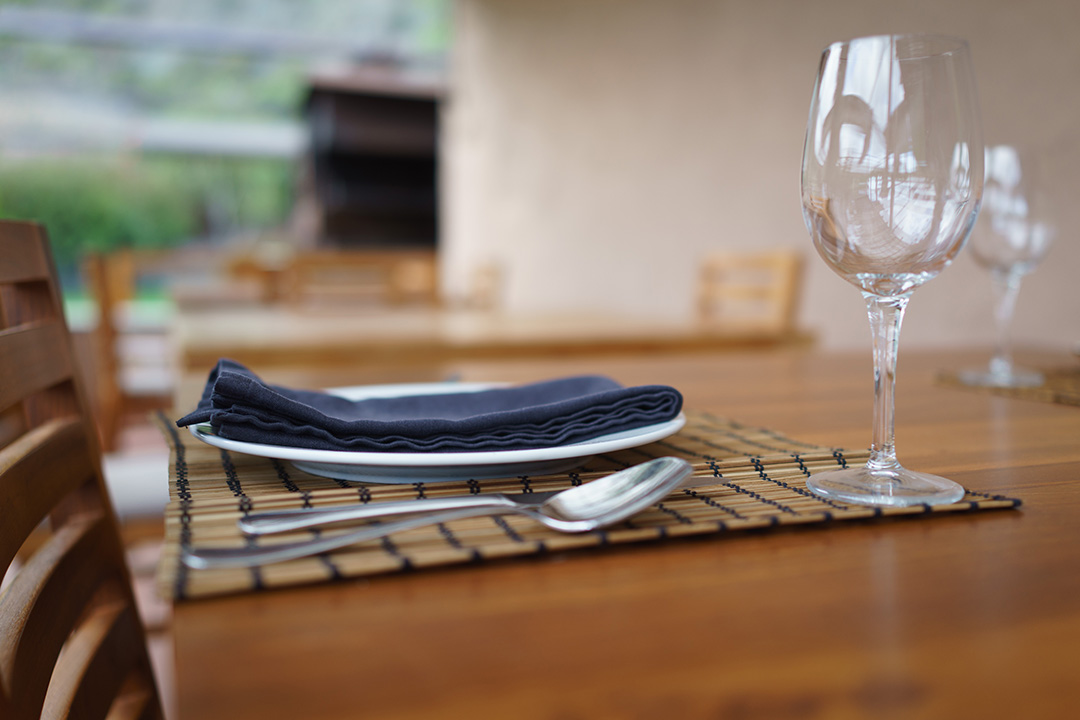
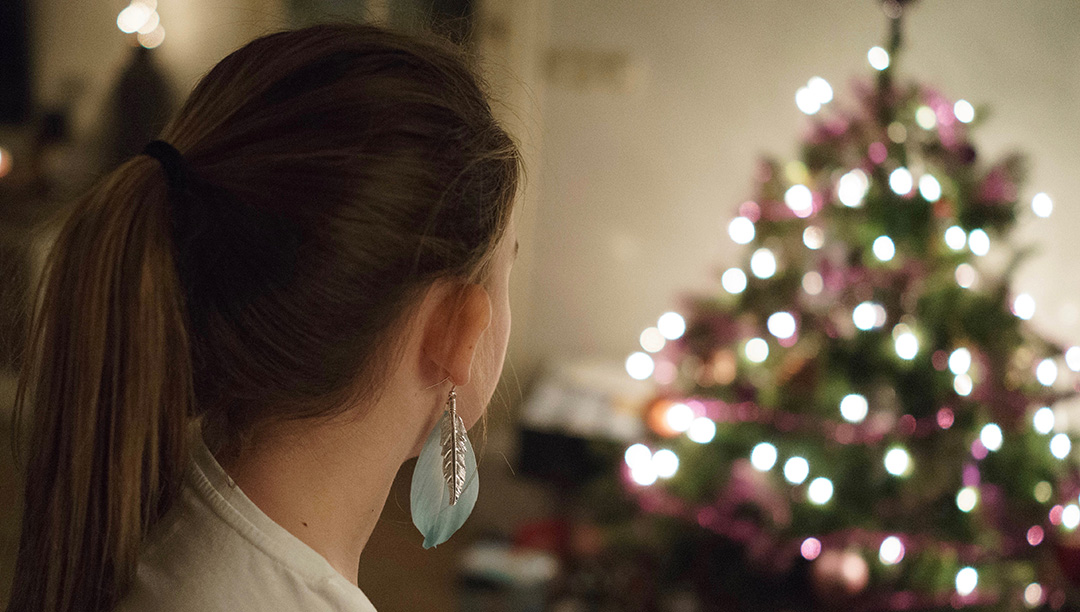


Conclusions
Without any doubt, the RX1R camera is a good camera, giving good sharpness and a pleasing rendering of out-of-focus regions. When you don’t have the same autofocus problems as me with your RX1R, I would say stick to it, the sensor/lens combi of the RX1R is great, and if AF works for you, the RX1R is more than good enough.The problem with the RX1R to me is that I never trusted it due to the high chance of missed shots. I always had to rely on the Nikon D800 in those cases. So the RX1R was left in the drawer too much where I should have taken it with me…
The better autofocus of the A7RII with the PDAF as well as the EVF help me to increase the chance of successful shots. On top, the grip/vibration reduction/tilted screen make handling this camera easier. Though the A7RII with a 35mm F2.8 may not be the complete equivalent of the RX1R (it has less good bokeh results, is heavier, and larger), it is a sufficient alternative for the majority of cases. When the A7RII is paired with the 28mm F2.0 lens, the combination may be somewhat bigger, but from photographic perspective a decent competitor to the RX1R (with the exception of some onion rings in the bokeh).
What would I miss when I would sell my RX1R? The ability to focus very close, which is nice with for instance food photography. With a 90mm macro lens, the A7RII becomes a monster regarding size and weight, and there is no true (autofocus) replacement for that.
Overall, for me he A7RII is a step-up. It gives comparable results to the RX1R in most cases, and when paired with a 28mm F2.0 lens or a 55mm F1.8 lens gives similar or better results in terms of sharpness and out-of-focus rendering. On top, when paired with a 85mm it may even replace my Nikon D800. Let’s see what the future brings.